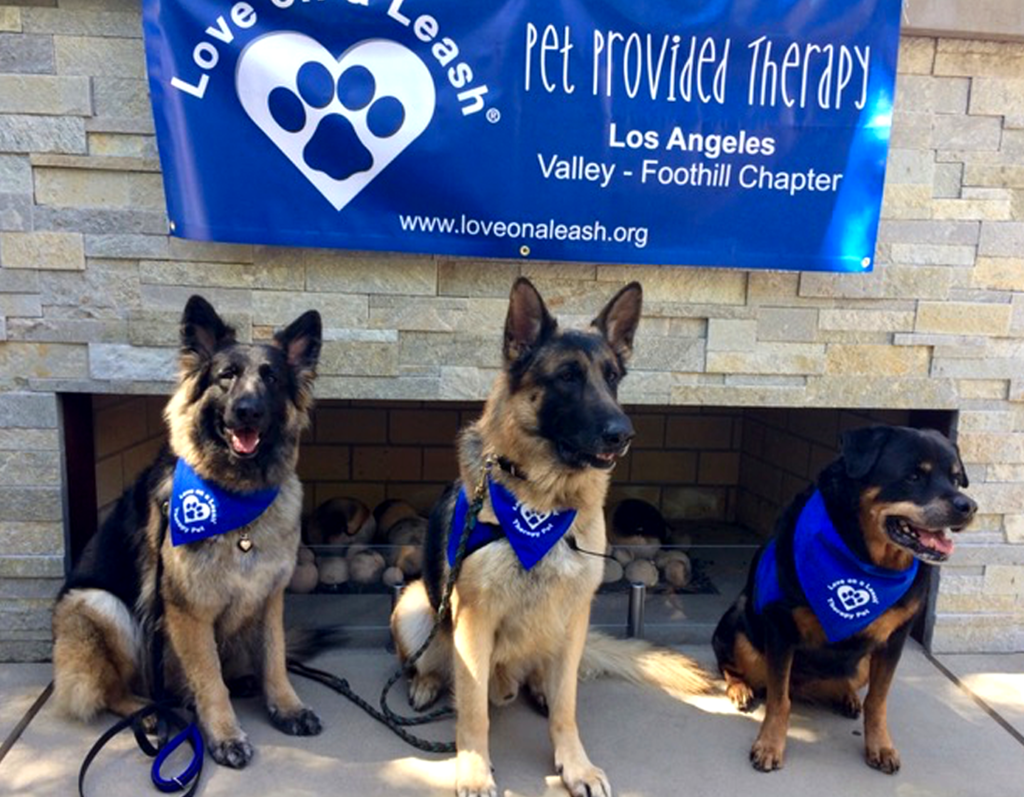Leash therapy doesn’t have to be a routine task – it can be an exciting and engaging experience for both you and your furry friend. By incorporating leash therapy games into your routine, you not only provide essential physical exercise but also make training enjoyable and mentally stimulating. In this guide, we explore creative games that add a playful twist to leash therapy in dogs, turning walks into exciting adventures for your canine companion.
1. Treasure Hunt Walks:
Turn your regular walks into treasure hunts by hiding treats along the route. Encourage your dog to use their nose to sniff out the hidden treasures. This not only provides mental stimulation but also reinforces positive associations with the leash and the outdoor environment.
2. Follow the Leader:
Engage your dog’s natural instinct to follow by playing “Follow the Leader.” Vary your pace, change directions, and incorporate simple commands like “sit” or “stay.” This game not only adds variety to the walk but also reinforces basic obedience skills.
3. Tug-of-War Breaks:
Bring a favorite tug toy on your walks and incorporate short tug-of-war breaks. Use these breaks to allow your dog to release some energy and engage in interactive play. Be mindful of your surroundings and choose appropriate moments for these playful intervals.
4. Obstacle Course Challenges:
Create a mini obstacle course during your walk. Use natural elements like fallen logs, rocks, or benches to encourage your dog to navigate through and around obstacles. This game enhances physical coordination and mental agility.
5. Scent-Trail Tracking:
Dab a few drops of a treat or favorite scent on the ground at intervals during your walk. Encourage your dog to follow the scent trail, rewarding them with treats at the end. This game taps into their natural scent-tracking abilities, providing mental stimulation.
6. Interactive Fetch:
Incorporate a game of fetch into your leash therapy routine by bringing along a lightweight ball or a favorite fetch toy. Use open spaces to throw the toy, allowing your dog to retrieve it while remaining on the leash. This game combines physical activity with training commands.
7. Hide and Seek:
During your walk, hide behind trees or structures and call your dog to find you. Use enthusiastic praise and treats when they successfully locate you. This game reinforces recall commands and adds an element of excitement to the walk.
8. Name That Object:
Train your dog to recognize and fetch specific objects during leash therapy. Attach a few small items to your dog’s leash, each with a unique name. Use these names during the walk, asking your dog to fetch a particular item. This game enhances their cognitive skills and strengthens the bond between you.
9. Simulated Agility:
Transform your walk into a mini agility course by incorporating simple jumps and weaving between objects. Use your dog’s leash to guide them through the agility challenges, providing physical and mental stimulation.
10. Interactive Training Stations:
Set up training stations along your walk, where you practice specific commands or tricks. Use treats and praise as rewards. This not only reinforces obedience training but also adds structure and variety to the walk.
Tips for Successful Leash Therapy Games:
- Use High-Value Treats: Choose treats that your dog finds especially enticing to reinforce positive behavior during games.
- Keep Sessions Short and Positive: Keep leash therapy games short and enjoyable to prevent fatigue or boredom. End each session on a positive note.
- Be Patient and Encouraging: If your dog is learning a new game, be patient and encouraging. Use positive reinforcement to reward their efforts.
- Gradually Increase Difficulty: As your dog becomes more proficient in the games, gradually increase the difficulty to keep them challenged and engaged.
- Safety First: Ensure the safety of both you and your dog by choosing appropriate locations for games and being mindful of your surroundings.
By incorporating these leash therapy games into your routine, you not only provide essential physical exercise but also create a dynamic and enjoyable experience for your furry friend. Leash therapy becomes an opportunity for bonding, mental stimulation, and positive reinforcement, turning each walk into a fun and rewarding adventure.










